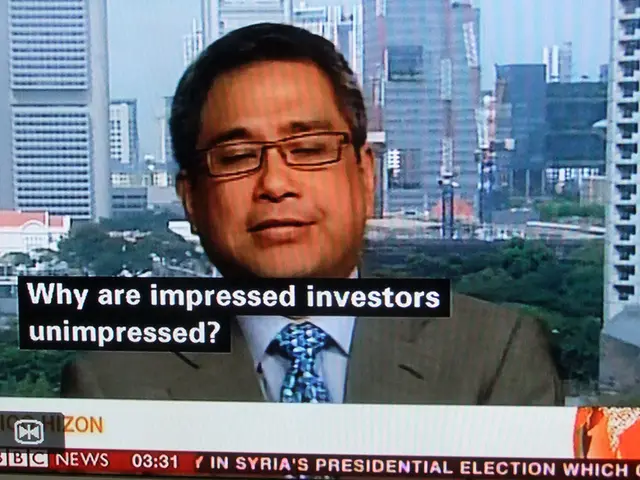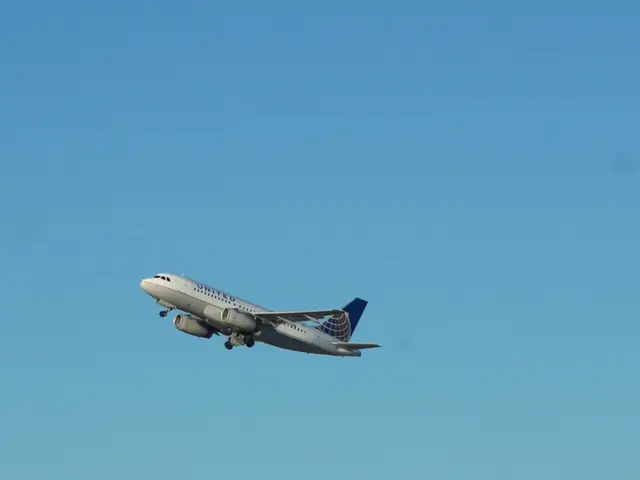Conquering Airborne Anxiety - Strategies to Beat Your Fear of Aviation Travel
Revamping Tales: Overcoming the Fear of Flying
Berlin/Düsseldorf (dpa/tmn) - It's no secret that many people find flying unsettling: Up to 25% of folks experience unease or anxious feelings about air travel, but only about 10% struggle significantly with aviophobia, as it's clinically known. However, fear of flying can manifest in various ways, going beyond worry about heights alone.
Unraveling the Fear of Flying
Despite the statistics that demonstrate flying's safety, many still harbor concerns about potential mishaps, especially during takeoff, landing, or turbulence. Psychiatrist and psychotherapist Udo Wortelboer explains that some may wrestle with "catastrophizing thoughts," which can escalate into full-blown panic attacks, escalating feelings like "I'm losing my mind" or "I'm going to perish."
Aviophobia in the strict medical sense arises when the fear persists even when not in the situation - for instance, when someone has panic attacks just thinking about planning a flight. In cases showing pronounced avoidance behavior, professional assistance is essential, such as when simply getting on a plane appears insurmountable despite objective safety.
Mastering the Skies: Taming Your Fears
Treatment approaches vary depending on the severity of the fear:
- Mild fear of flying: Self-help tactics like audiobooks and specific apps designed to help cope with uneasiness can be handy.
- Moderate fear of flying: Fear of flying workshops can offer insights into anxiety, the safety of air travel, and relaxation methods. These workshops often collaborate with airlines, culminating in a real flight.
- Severe anxiety or phobia: If symptoms are more pronounced and other anxieties or depressive symptoms are present, professional evaluation is essential to shape targeted therapy.
A Different Approach: Exposure Therapy
Exposure therapy, a key component of cognitive-behavioral therapy, often treats severe aviophobia. This approach addresses the fear head-on, gradually exposing individuals to anxiety-inducing situations, from distressing thoughts to images, eventually leading to actual flight experiences. The more often this approach is applied, the stronger it becomes ingrained in the mind, teaching individuals that their fear is unwarranted.
The Digital Aid: Virtual Reality and Beyond
When it comes to technology-enhanced treatment, virtual reality (VR) emerges as a promising avenue. Some airlines already offer VR-assisted programs for fear of flying, guided by special software and VR headsets. VR molds a computer-generated flight reality that includes security checks, takeoff, and landing. This technology provides safe, immersive exposure for those struggling with aviophobia. While VR may not replace the "real" experience entirely, research suggests its effectiveness in treating flying fears.
Modern VR systems stretch beyond visual simulations: Tactile elements in gloves, vests, or seats can replicate aircraft movements, enhancing VR's potential in treating phobias like fear of flying. Though still scarce outside of research projects, Wortelboer expects VR alternatives to flourish in the coming years. The simulated flight routines tend to be less time-consuming, and VR can be uniquely adapted to individual needs, providing opportunities for more focused and frequent practice.
- Integrating science and technology, virtual reality (VR) has proven promising in the health-and-wellness sector, offering a unique approach to treating aviophobia.
- Incorporating principles of mental-health management, exposure therapy challenges individuals to confront their fears of flying gradually, aiming to reprogram their minds and acknowledge the unwarranted nature of their fear.
- Complementing traditional therapy methods, self-help apps and audiobooks in the realm of lifestyle and fitness-and-exercise can help alleviate mild fears of flying.




